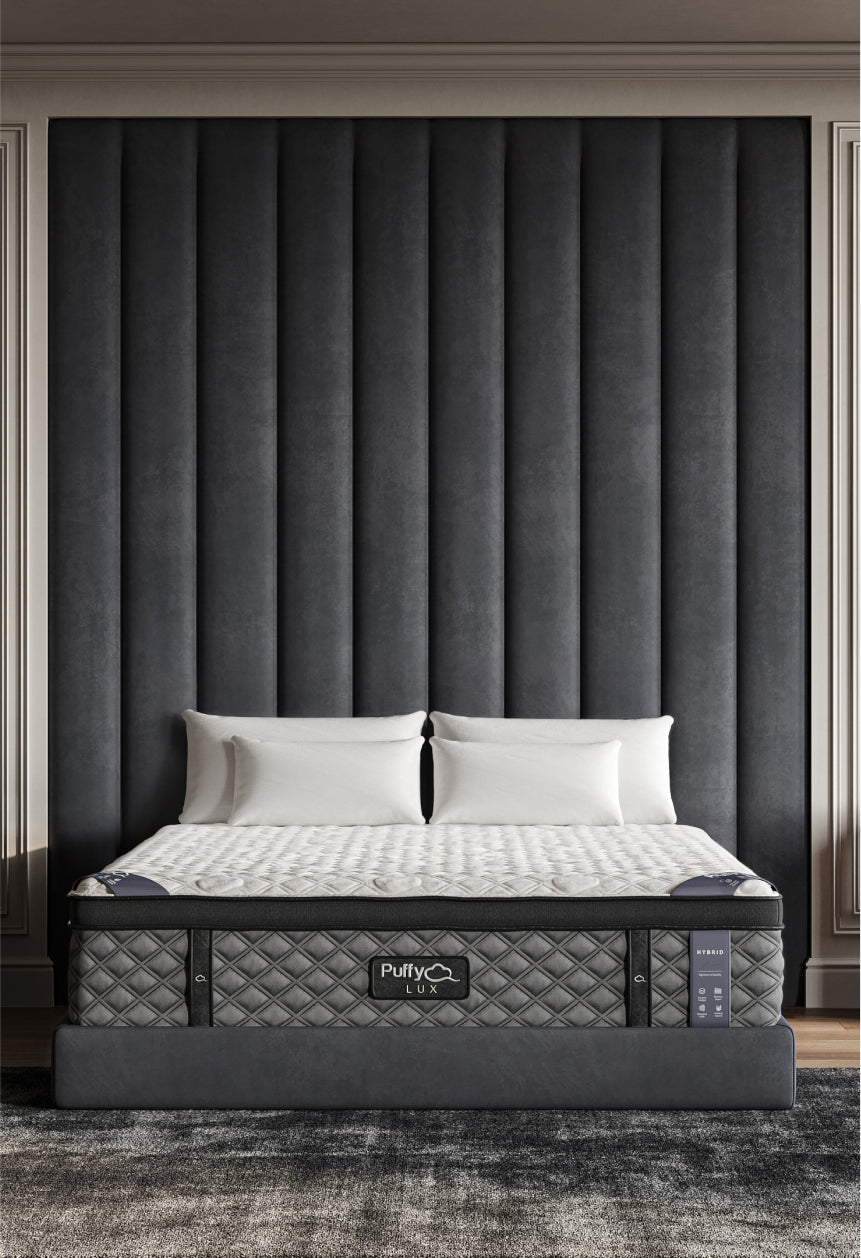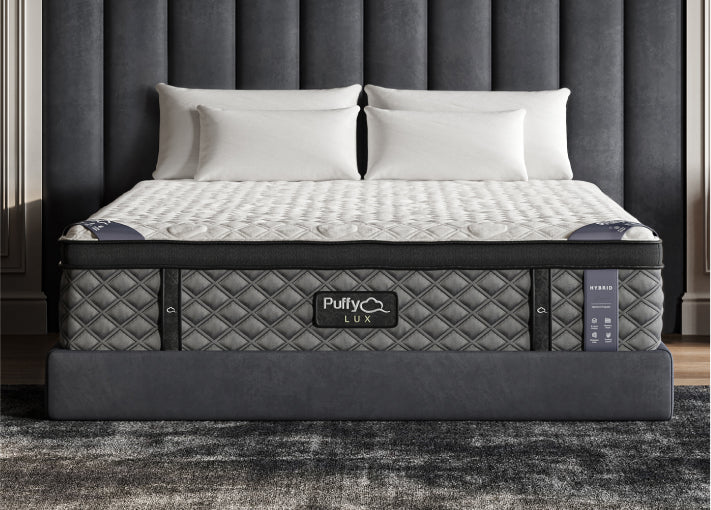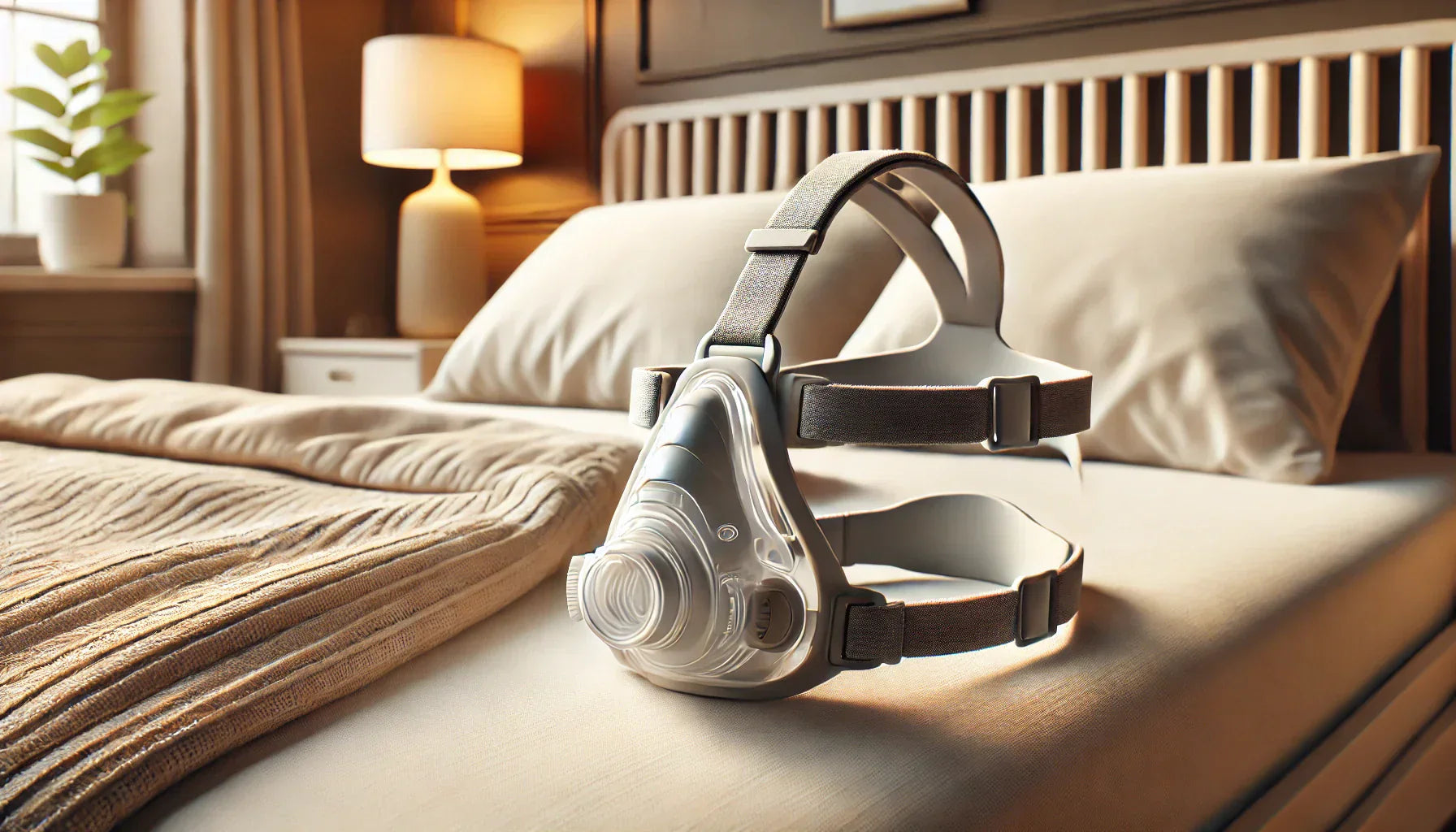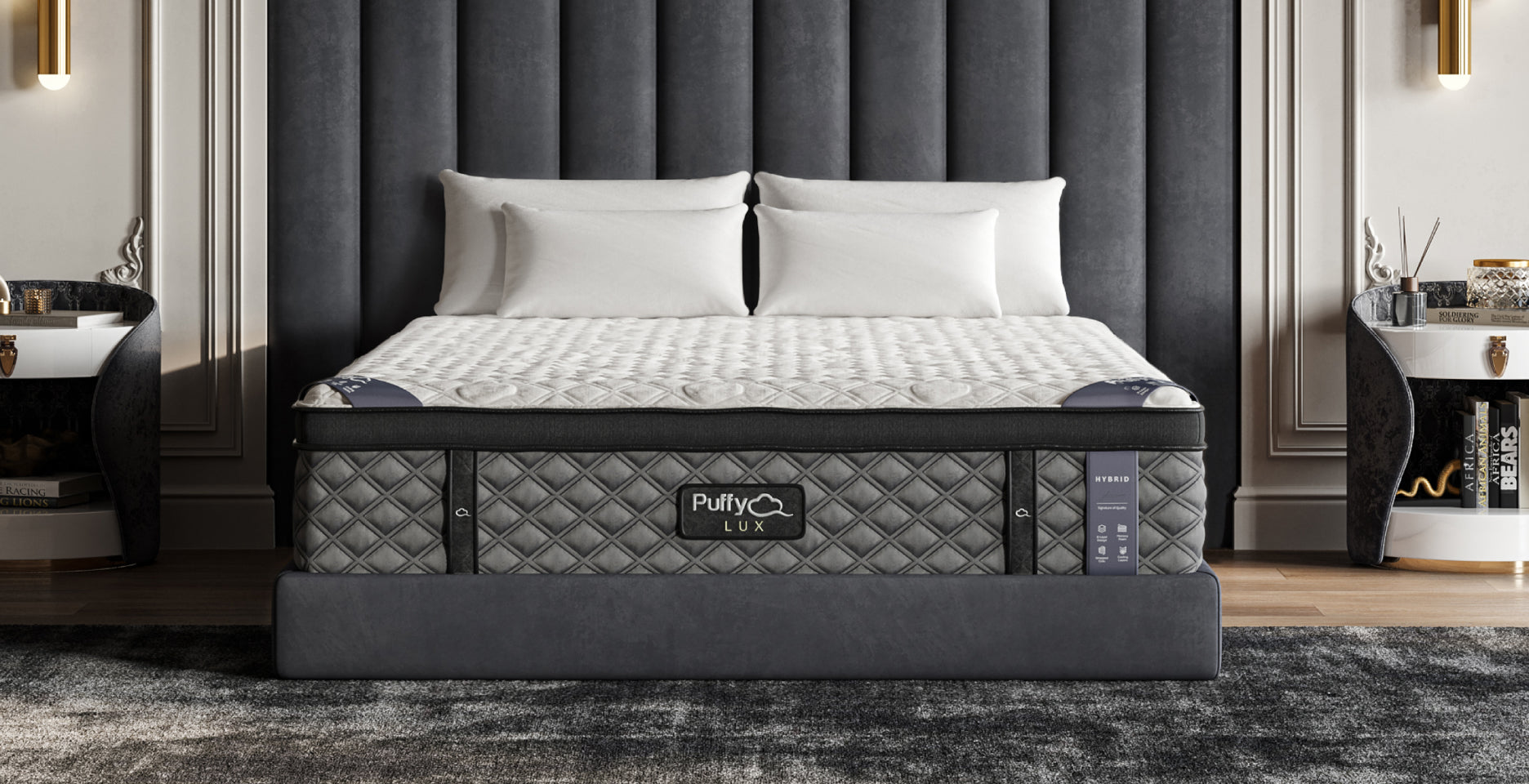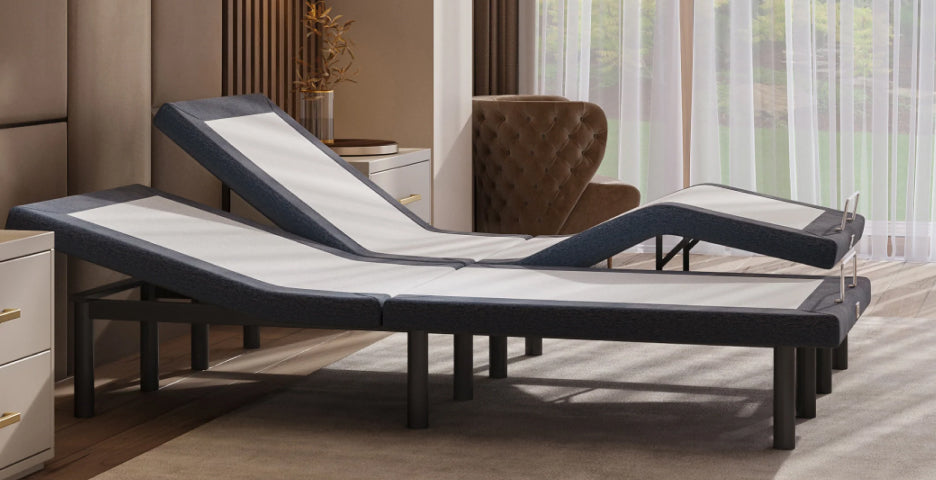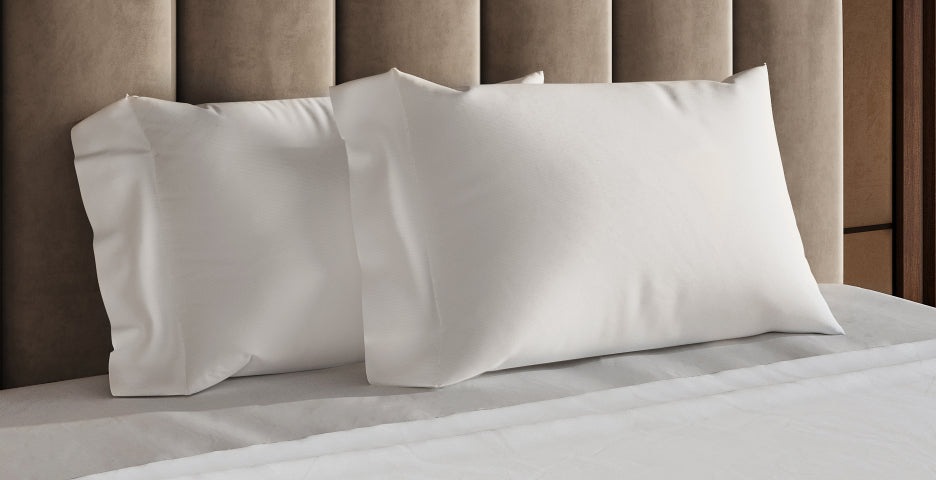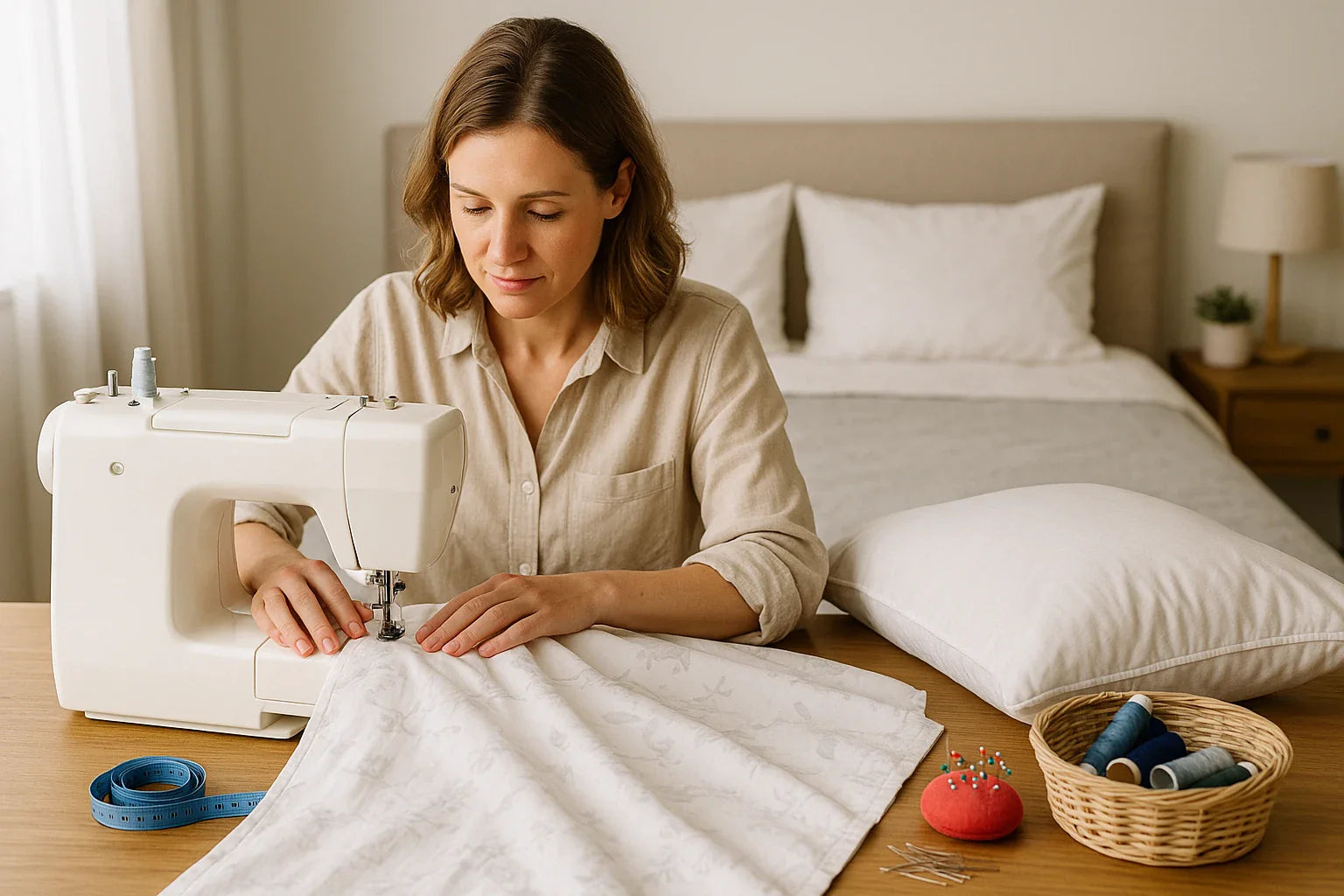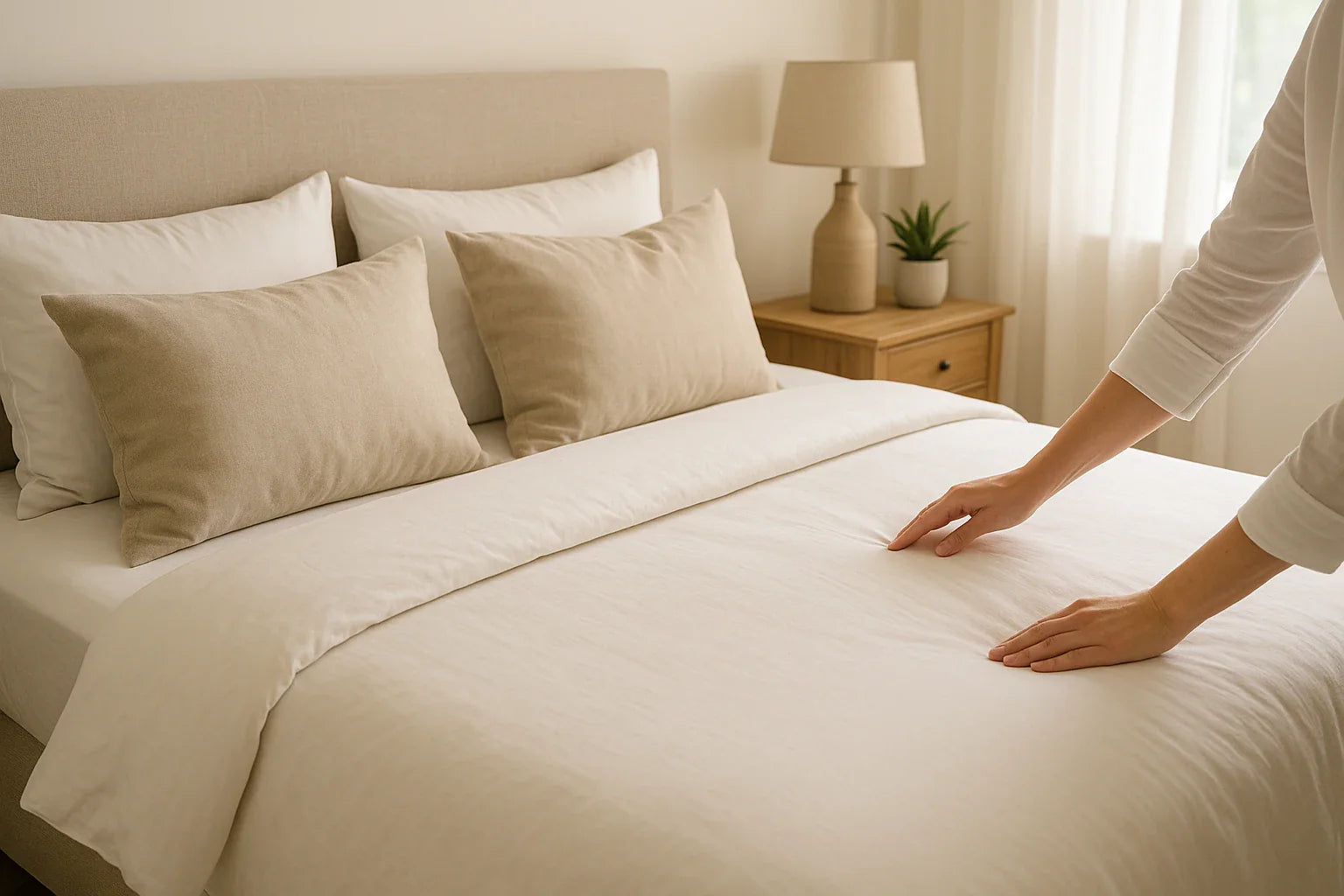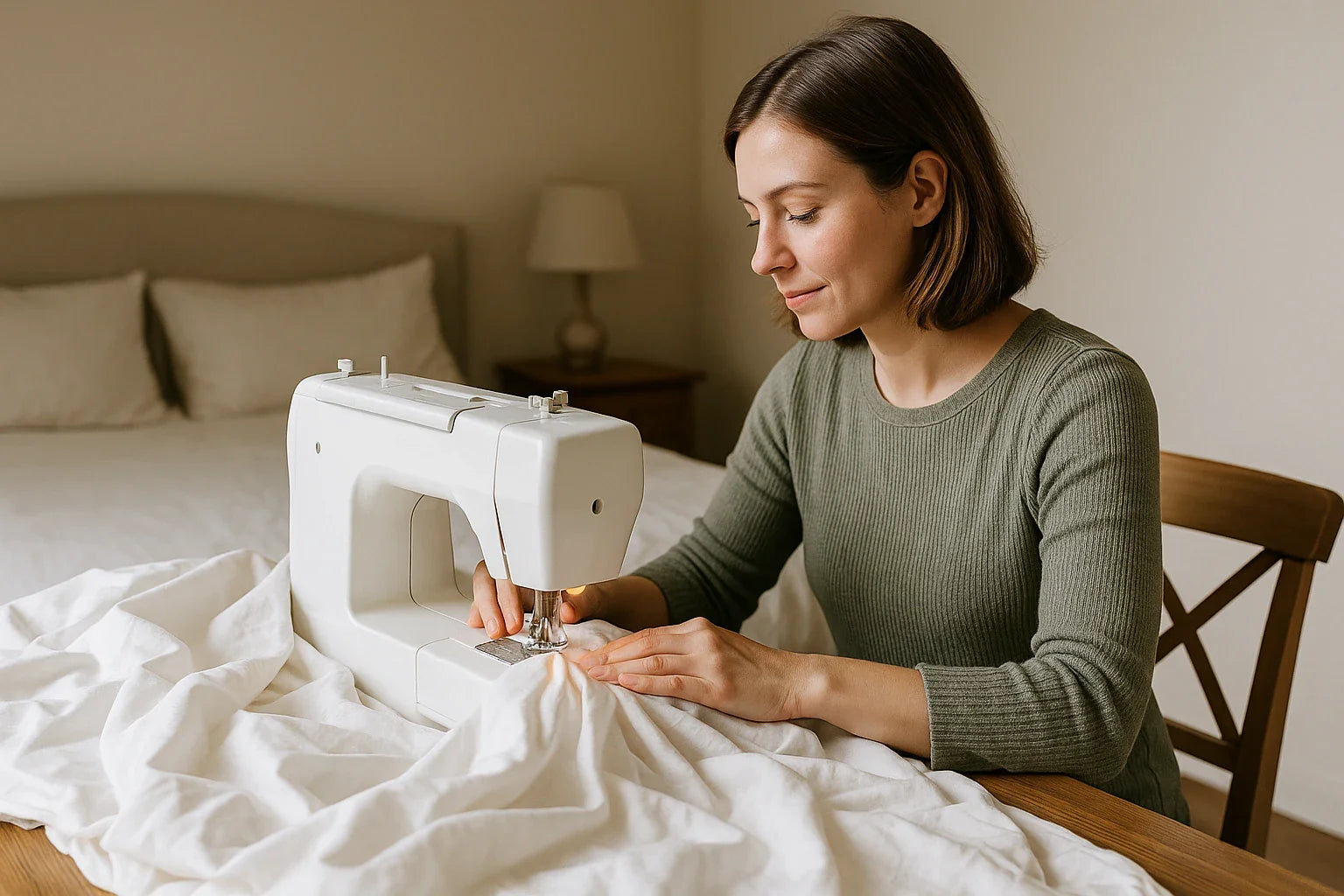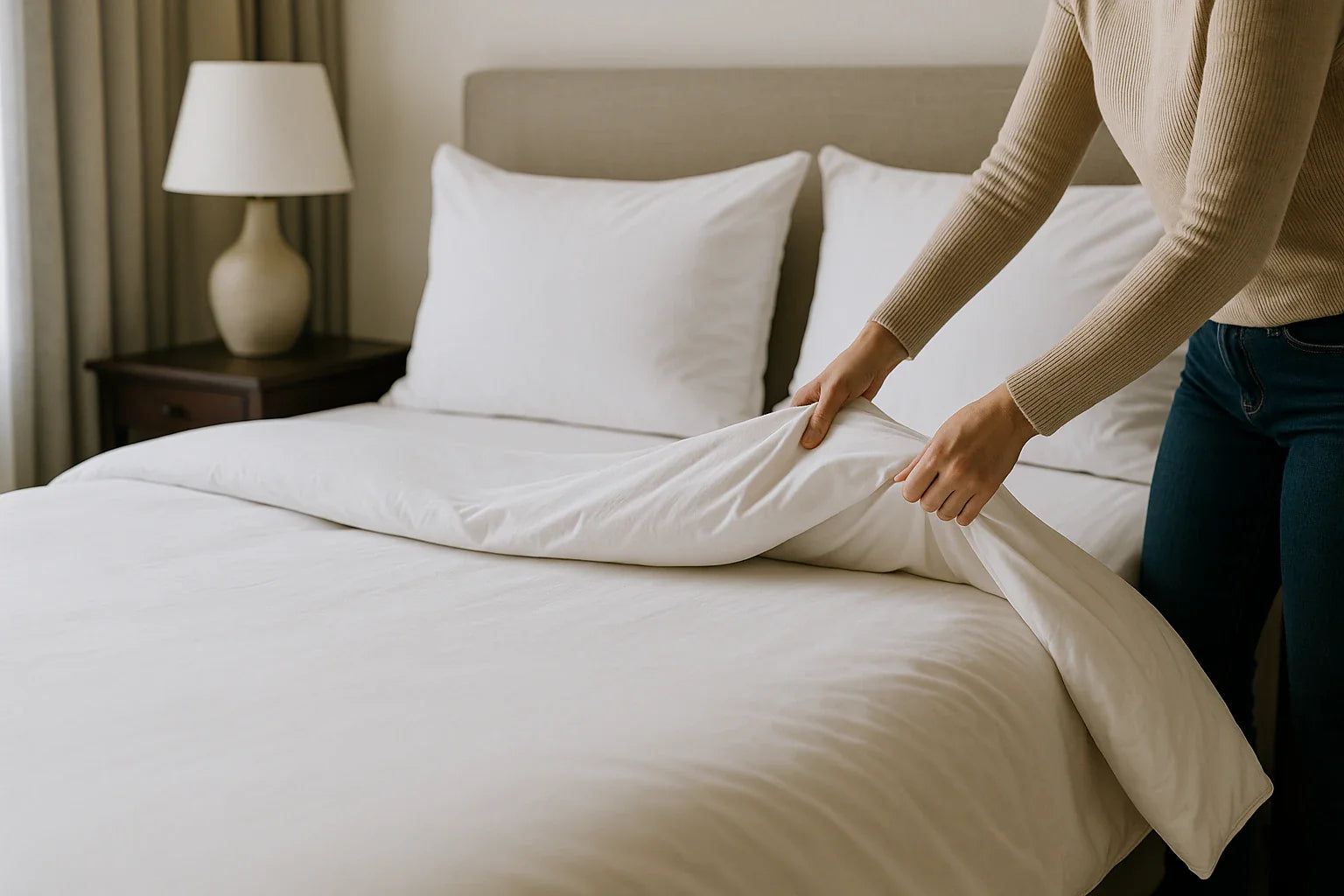Key Takeaways
- A nasal pillow is a type of CPAP mask designed for people with sleep apnea who prefer minimal contact with their face.
- It delivers pressurized air directly into the nostrils, making it a lightweight and less obtrusive option.
- Best suited for side sleepers, those who breathe through their nose, and people who experience claustrophobia with traditional CPAP masks.
- Regular cleaning and timely replacement help maintain hygiene and effectiveness.
- Proper fit and adjustments are essential for avoiding air leaks and discomfort.
Nasal pillows have gained popularity as a comfortable and effective alternative for CPAP users who prefer a less bulky mask.
If you’re wondering what is a nasal pillow, this guide explores its benefits, uses, and how to optimize your sleep therapy.
What Is a CPAP Nasal Pillow?
A CPAP nasal pillow is a small, lightweight mask that delivers continuous positive airway pressure (CPAP) therapy through soft silicone or gel inserts that fit directly into the nostrils.
Unlike full-face masks, nasal pillows minimize facial contact, making them ideal for users who feel uncomfortable with traditional CPAP masks.
Features of a Nasal Pillow:
-
Compact and lightweight – Minimalistic design allows for a more comfortable sleep experience.
-
Direct airflow delivery – Provides pressurized air directly into the nostrils, reducing leakage.
-
Better visibility – Unlike larger masks, nasal pillows allow users to wear glasses or watch TV before bed.
-
Less restrictive – Ideal for those who feel claustrophobic with full-face CPAP masks.
How to Wear a CPAP Nasal Pillow
Wearing a CPAP nasal pillow correctly ensures maximum comfort and efficiency in your sleep therapy. Follow these steps:
-
Position the Headgear: Place the straps around your head, ensuring the nasal pillow rests gently against your nostrils.
-
Adjust the Fit: The nasal pillow should create a secure but not overly tight seal. Adjust the straps accordingly to avoid leaks.
-
Connect the Tubing: Attach the CPAP hose to the mask and ensure it has enough slack to allow movement during sleep.
-
Test for Leaks: Turn on the CPAP machine and check for any air leaks around your nose.
-
Make Final Adjustments: If necessary, readjust the straps or switch to a different nasal pillow size for a better fit.
Pairing a nasal pillow mask with a Puffy Lux Mattress enhances overall sleep quality by providing superior comfort and spinal support, making sleep therapy more effective and restful.
How to Breathe With a Nasal Pillow CPAP
Adapting to breathing with a CPAP nasal pillow can take some time. Here are some tips to ease the transition:
-
Practice during the day – Wear the mask for short periods to get used to the sensation.
-
Use a humidifier – CPAP therapy can dry out nasal passages, so a humidifier can help keep them moist.
-
Keep your mouth closed – Since nasal pillows work through the nostrils, mouth breathing can reduce effectiveness. A chin strap can help if needed.
-
Relax and breathe normally – Try to breathe naturally to adjust to the airflow.
-
Ensure a proper seal – Adjust the nasal pillow position if air leaks occur to maintain effective airflow and comfort.
How Often to Replace CPAP Nasal Pillow
Regular replacement of your nasal pillow components ensures hygiene and optimal performance. Here’s a general replacement guideline:
-
Nasal pillow inserts – Every 2-4 weeks, as they can wear out and lose their seal.
-
Headgear and straps – Every 6 months, as elasticity can degrade over time.
-
CPAP tubing – Every 3 months, to prevent bacteria buildup.
-
CPAP machine filters – Every 2 weeks, or more often if exposed to dust and allergens.
-
Inspect for wear and tear – Check all components regularly and replace them as needed to maintain effectiveness.
Benefits of a Nasal Pillow
Using a nasal pillow for CPAP therapy offers several advantages:
-
Minimal facial contact – Reduces pressure marks and discomfort.
-
Lightweight and less restrictive – Provides freedom of movement, making it ideal for active sleepers.
-
Better visibility – Allows users to read, watch TV, or use their phone before bed.
-
Quiet operation – Creates less noise compared to some full-face masks.
-
Great for nose breathers – Ensures effective airflow without covering the mouth.
-
Easy to clean – Simplifies daily maintenance compared to bulkier CPAP masks.
Combining a nasal pillow mask with a Puffy Cloud Mattress can enhance sleep therapy by improving sleep posture and reducing pressure points, leading to a deeper and more restful sleep.
Can I Travel With a Nasal Pillow CPAP?
Traveling with a CPAP nasal pillow setup is convenient due to its compact design. Here are some tips for hassle-free travel:
-
Use a travel CPAP machine – Many CPAP brands offer smaller, portable models for easy packing.
-
Carry extra accessories – Bring extra nasal pillow inserts, filters, and tubing to avoid interruptions.
-
Check airline policies – Some airlines require documentation for carrying CPAP machines onboard.
-
Use a battery pack – If traveling to areas with limited power access, a rechargeable CPAP battery is a good backup.
-
Keep it clean – Pack disinfecting wipes to clean your CPAP components during the trip.
Conclusion
A nasal pillow is a practical and comfortable solution for CPAP users seeking a less invasive sleep therapy experience.
With its lightweight design, minimal facial contact, and effective airflow delivery, it’s an excellent choice for many sleepers.
Ensuring a proper fit, regular maintenance, and pairing it with a high-quality mattress can significantly improve sleep quality and therapy success.
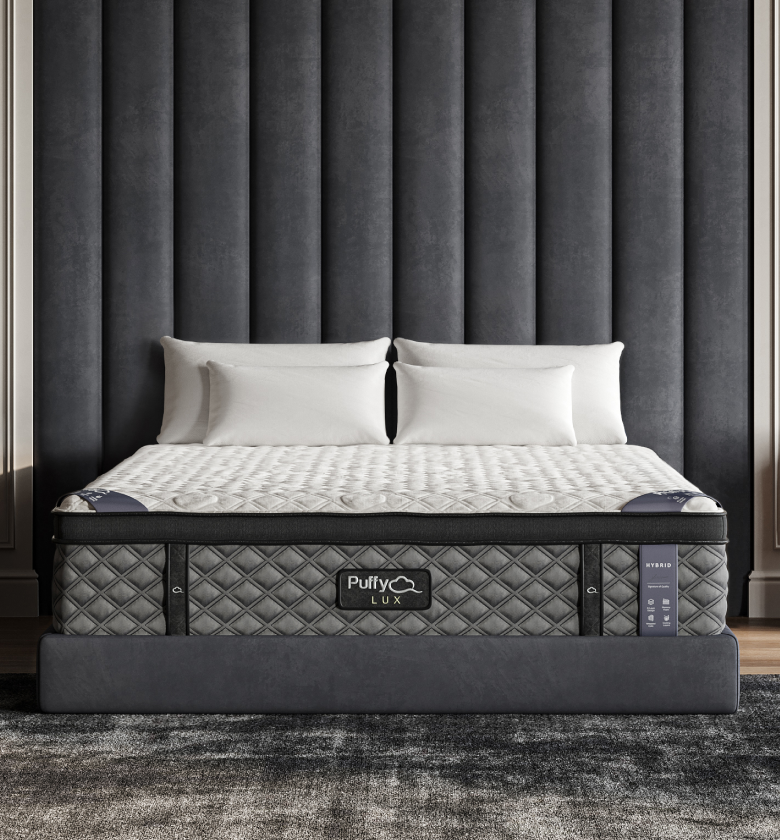
$1,350 in savings
Transform your comfort with the Puffy Lux.
Relax into award-winning comfort with this hybrid mattress:
- 8 layers of cloudlike luxury.
- Medium-plush feel.
- Gel-infused cooling.
- 101-night sleep trial.
